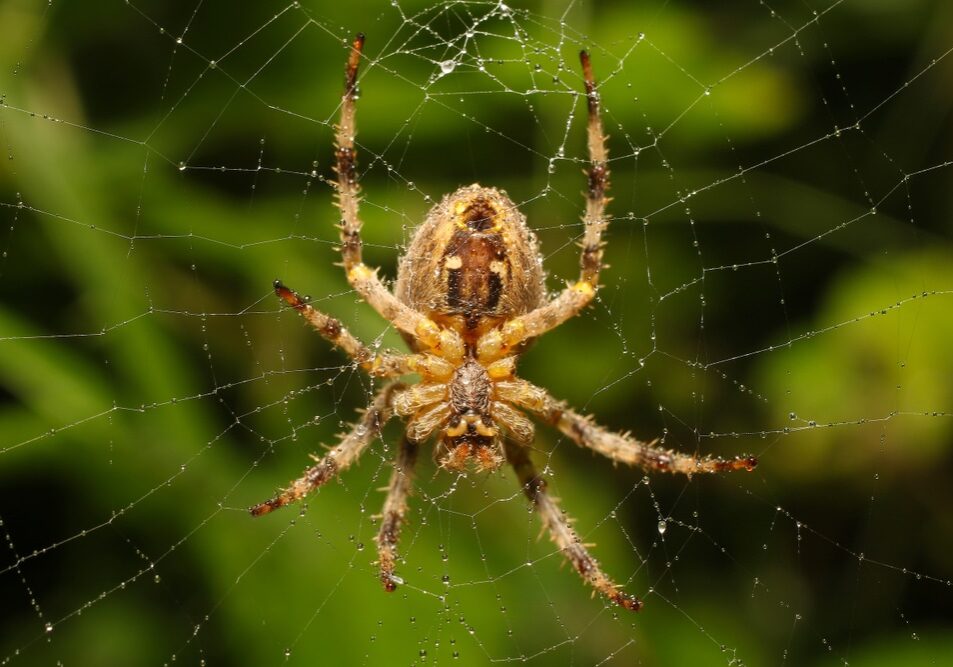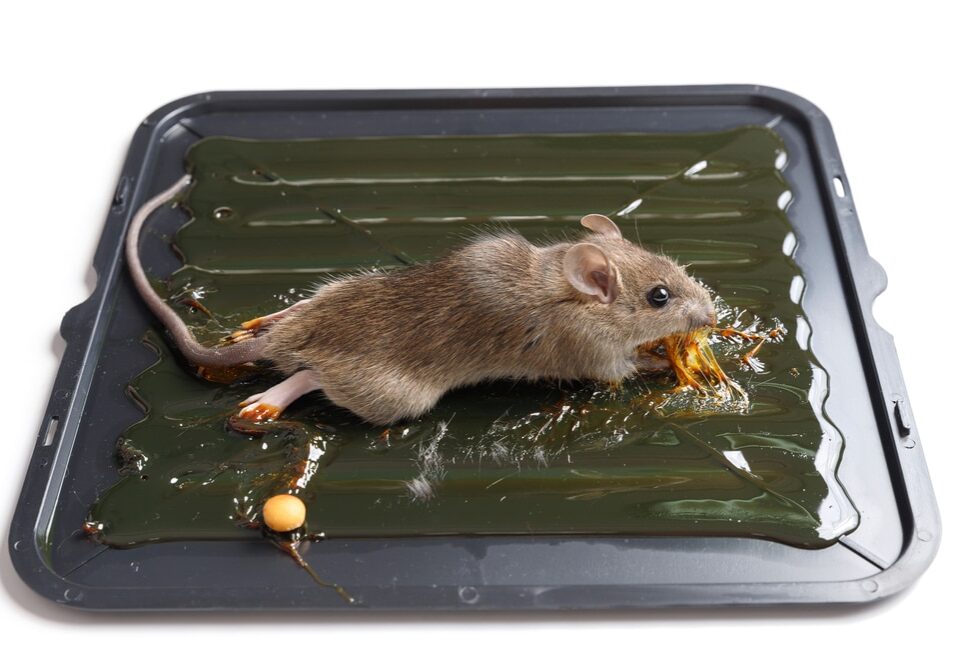As summer fades and the crisp air of fall begins to settle over Oklahoma, homeowners may notice more than just changing leaves—pests start to look for warmer, protected environments, and your home becomes a prime target. Fall pest season is a critical time to prepare your property, ensuring that common seasonal invaders don’t disrupt your comfort or cause damage. From rodents and spiders to overwintering insects, understanding how pests behave and what you can do to prevent infestations is essential.
In this post, we’ll explore the most common fall pests in Oklahoma, explain why they become more active during this time of year, and provide actionable strategies homeowners can use to safeguard their homes. We’ll also discuss the benefits of professional pest control solutions to complement your preventive efforts.
Common Fall Pests in Oklahoma
Oklahoma’s climate and seasonal patterns create ideal conditions for a variety of pests during the fall. Knowing which pests are most likely to invade your home can help you anticipate problems and take early action.
-
Rodents
Mice and rats are among the most active fall pests. As temperatures drop, they begin seeking warmth, food, and shelter indoors. They are capable of chewing through insulation, wiring, and other building materials, potentially causing structural damage and increasing the risk of fire hazards. Rodents can also carry diseases, making early prevention essential for homeowner safety.
-
Spiders
Spiders, including brown recluse and black widow species, become more active in the fall. During this time, they search for sheltered areas inside homes where they can survive the winter. While most spiders are harmless, some pose health risks if they bite, so it’s important to manage indoor populations proactively.
-
Overwintering Insects
Many insects enter homes to overwinter and survive the colder months. Boxelder bugs, stink bugs, ladybugs, and cluster flies are common examples. While they generally do not cause structural damage, they can become a nuisance when they accumulate in large numbers, particularly around windows, attics, and wall voids.
-
Scorpions and Other Regional Pests
Although less common, scorpions and other regional pests may attempt to move indoors during the fall. These creatures often hide in garages, basements, and outdoor debris, and while their numbers are generally lower than rodents or insects, they should still be considered during preventive preparations.

Why Fall Conditions Encourage Pest Activity
Understanding why pests become more active in the fall helps homeowners recognize the urgency of preventive measures. Seasonal changes in temperature, humidity, and food availability all contribute to increased pest movement.
Cooler Temperatures Drive Pests Indoors
As nights grow cooler, pests naturally seek warmth. Rodents, spiders, and certain insects will look for entry points to find comfortable indoor environments where they can survive the winter.
Shifts in Humidity and Precipitation
Early fall often brings increased rainfall and lingering humidity, creating favorable conditions for insects and rodents. Moisture attracts pests, as it provides hydration and promotes the growth of other organisms they feed on, such as fungi and smaller insects.
Shelter and Food Availability
Homes offer ideal shelter and access to food during the fall. Cracks, vents, and gaps in your property’s exterior provide easy entry points, while pantry items and pet food become convenient sources of nutrition. Pests are also drawn to leaf piles, firewood stacks, and cluttered outdoor areas where they can hide during the day.
Home Inspection and Early Detection
Early detection is a cornerstone of fall pest prevention. Regular inspections allow homeowners to identify vulnerabilities before infestations take hold.
-
Checking for Entry Points
Inspect your home’s exterior for cracks in the foundation, gaps around windows and doors, and openings around vents or utility lines. Sealing these entry points is a primary step in preventing pest intrusion.
-
Interior Inspection
Pay attention to attics, basements, crawl spaces, and garages. Look for signs of pest activity such as droppings, nests, shed skins, webbing, or unusual odors. These indicators can help pinpoint areas requiring targeted action.
-
Seasonal Checklist
Homeowners should establish a seasonal inspection routine. A simple checklist can include:
- Examining doors and windows for gaps and weatherstripping damage
- Checking vents, chimneys, and foundation openings
- Inspecting attic and basement corners for signs of rodents or insects
- Reviewing yard areas for moisture accumulation, leaf piles, or debris
A proactive approach ensures potential problems are addressed before pests establish permanent residency.
Preventative Home and Yard Strategies
Preventing pests from entering your home involves both interior and exterior measures. Implementing these strategies during early fall can significantly reduce pest activity.
Seal gaps, cracks, and vents using caulking, weatherstripping, or mesh covers. Ensure doors and windows fit tightly, and repair damaged screens. These barriers prevent rodents and insects from entering while maintaining energy efficiency.
Professional Pest Control Solutions
Even with diligent homeowner efforts, some pests can be difficult to manage. Professional pest control services provide targeted and safe solutions for common fall pests
-
Rodent Control
Professional technicians can identify entry points and implement strategies to keep rodents out of your home. This includes traps, baiting programs, and exclusion techniques that prevent long-term infestations.
-
Insect Management
For spiders and overwintering insects, professionals apply safe, targeted treatments to reduce indoor populations. Treatments can be customized based on the type of pest, location, and severity of the problem.
-
Eco-Friendly Treatments
Many pest control companies, including Emtec, prioritize eco-conscious solutions. Localized treatments, low-impact products, and careful application methods help protect your family, pets, and the surrounding environment while effectively managing pest populations.
Combining professional services with homeowner preventive measures provides the most comprehensive approach to fall pest control.

Seasonal Maintenance Tips
Preventing fall pests is an ongoing process. Routine maintenance ensures that homes remain secure throughout the season.
-
Regular Property Checks:
Inspect both indoor and outdoor areas after storms or heavy rainfall. Address new moisture sources and debris promptly.
-
Screen and Door Upkeep:
Repair or replace damaged screens and weatherstripping to maintain barriers against pests.
-
Yard Clean-Up:
Maintain a clean yard by removing debris, trimming vegetation, and checking for potential nesting sites.
-
Consistent Monitoring:
Periodically review attics, basements, and storage areas for early signs of pests, even if no immediate problems are visible.
Consistency is key. Early and repeated interventions prevent minor issues from developing into full-scale infestations.
At Emtec Pest Control, we are committed to safe and responsible pest control. We understand that your family’s safety is your number one priority, so we make it our priority, too.
If you have any other questions about any of these pests or pest control for your home or business, contact your Oklahoma pest control experts at Emtec Pest Control by calling us or by filling out our online contact form.
